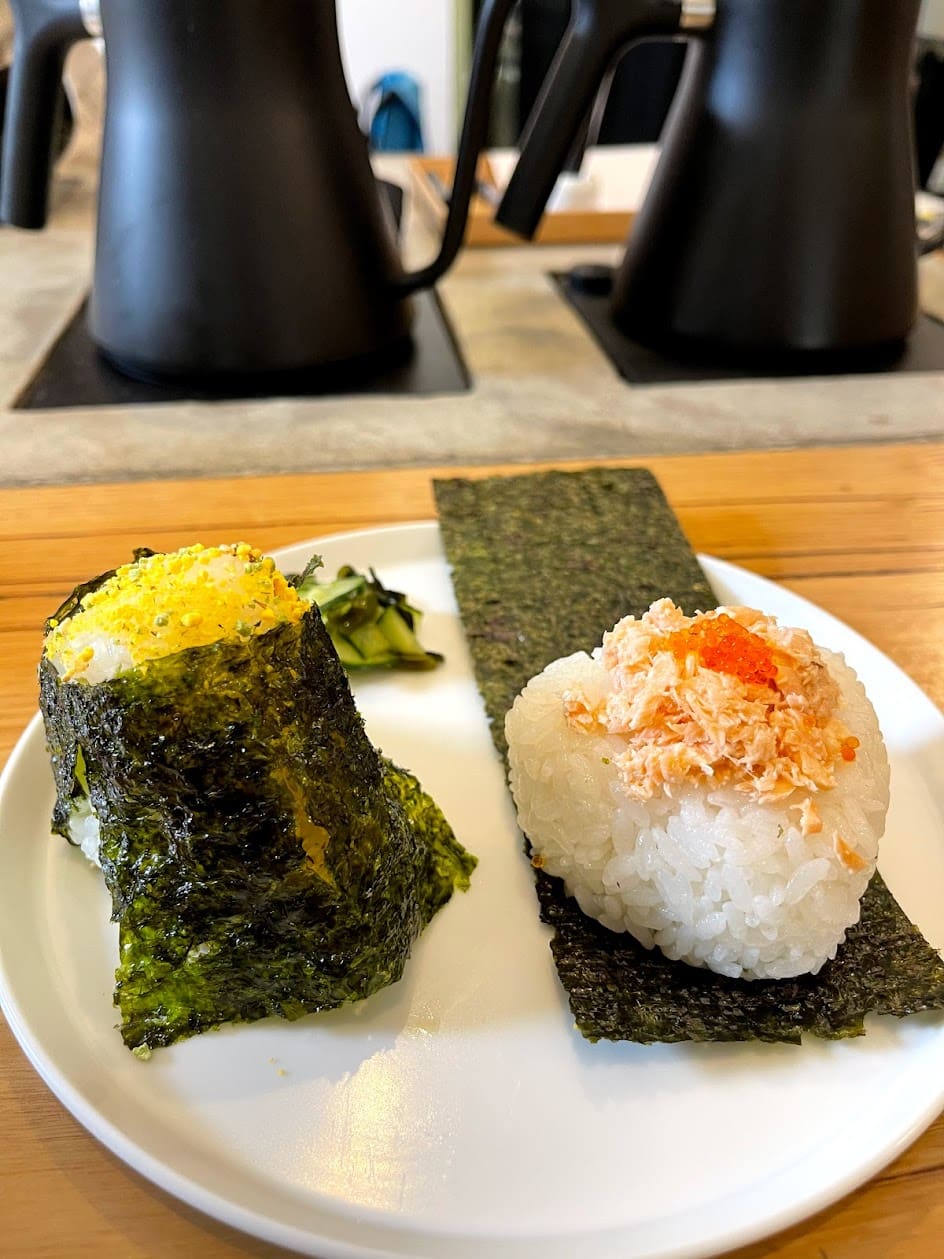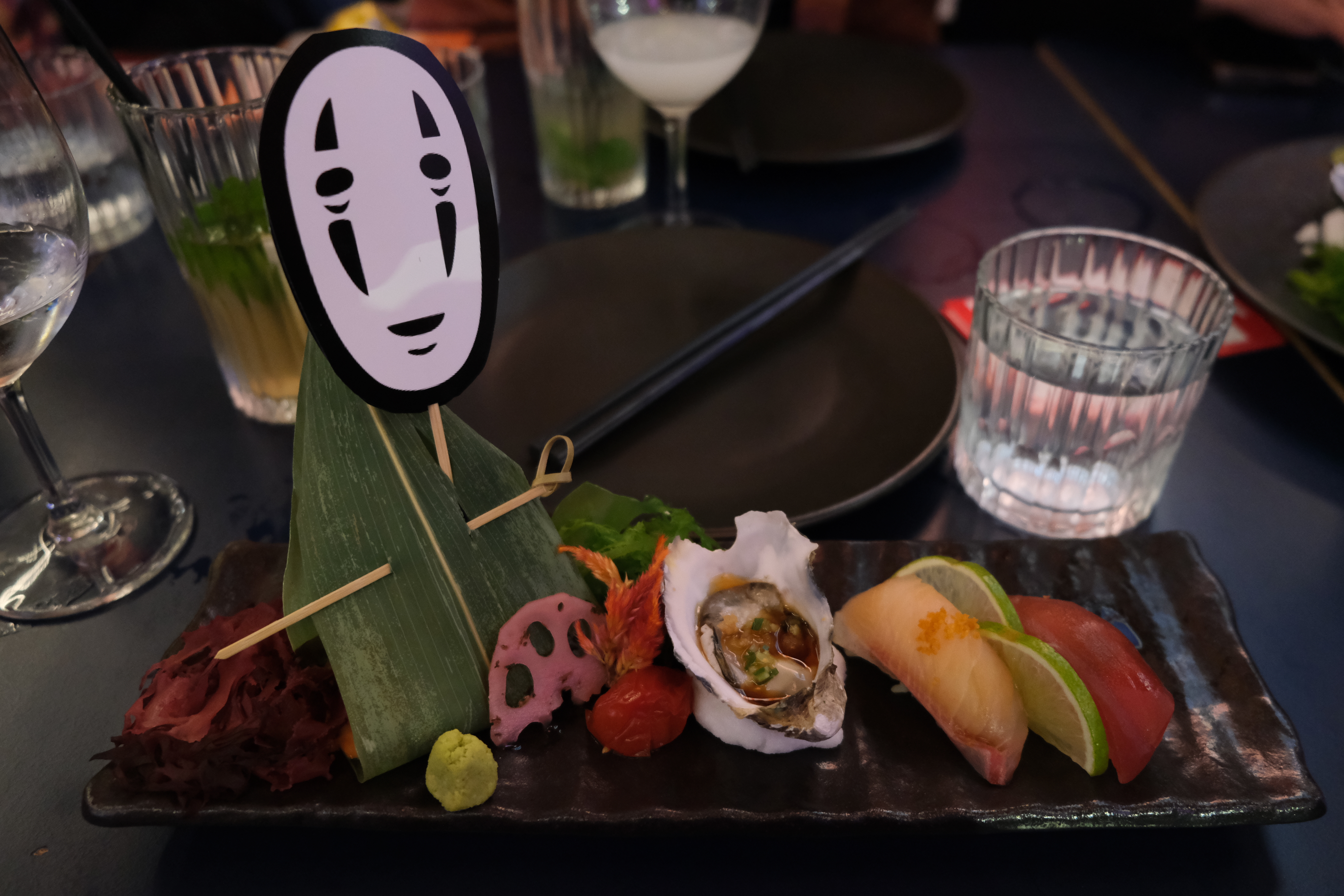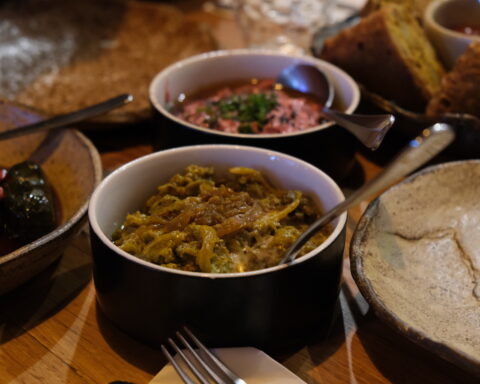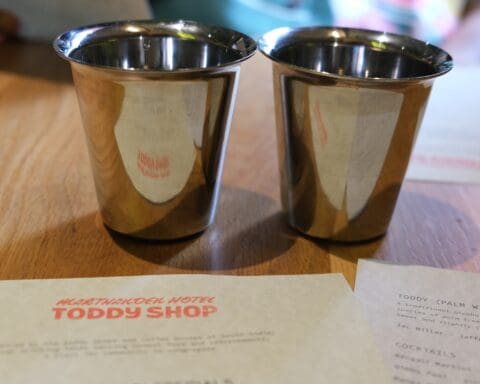As the saying goes, ━ you don’t forget your first Onigiri. I had mine at the Fushimi Inari train station on my first Japan trip with Vi and Yin. We just spent the whole morning at the Fushimi Inari Shrine, hiking its’ surroundings, and by the time we were waiting for the train back to Kyoto, we were famished.
And when I said my first Onigiri, I meant my first few bites. Vi was the only smart one to pack some snacks for this journey and kind enough to share them with us, including the said Onigiri. Although, I bet she regretted sharing, as we three finished the whole thing with a couple of bites each.
Though I saw her buying the Onigiri at the convenience store beside our hotel the night before, I wasn’t tempted. Old cold rice with mystery filling inside (none of us could read Japanese) didn’t seem appealing. But, of course, that’s before I tasted it. I remember telling my friends, “why does this cold rice taste so good??“
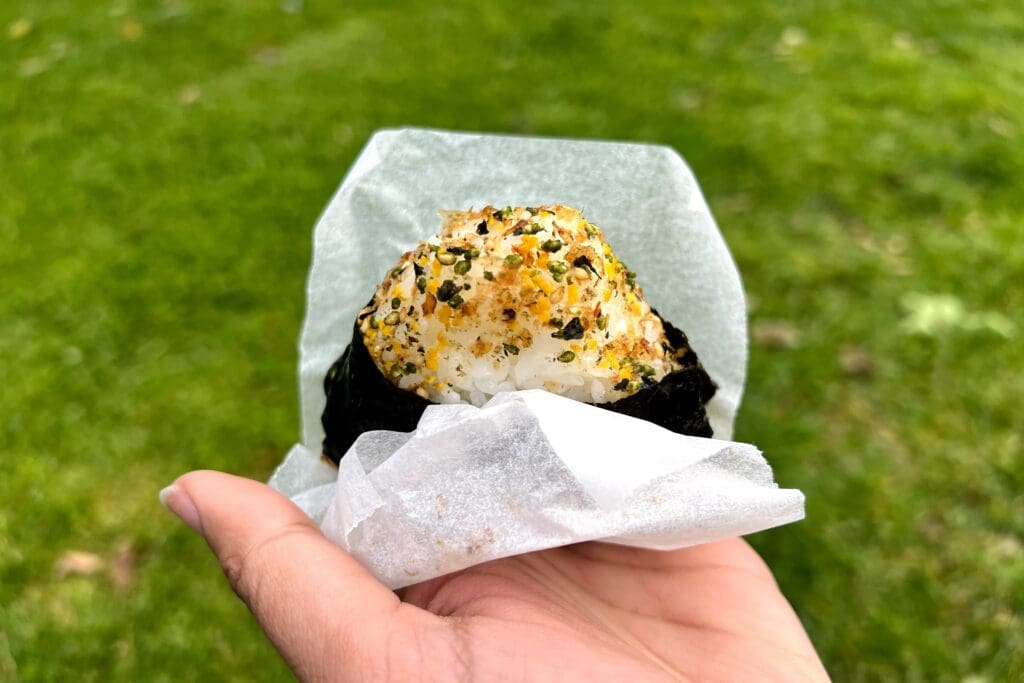
Okay, you probably already know this, but I still have to share the basics here; what’s with this being a wholesome travel-culture blog and all, so bear with me if you already know. If you don’t, here goes.
Onigiri, aka Nigirimeshi, is a rice ball. A staple food in the Japanese household, Onigiri surpasses the famed sushi in annual consumption in Japan. From breakfast to lunch, as a meal by itself and also as a snack, Onigiri is an icon in the Japanese food culture.
There are many reasons why many love Onigiri. Firstly, it’s easy to make. A few essential, readily available ingredients are needed to make Onigiri: rice and salt ━ , the two must-haves, the optional: nori (dried seaweed), and various fillings from tuna to plum. I think a lot of love goes into making homemade Onigiri. It requires a lot of touching and shaping of the rice. And at times, based on what I see online, it can be a creative outlet to show that you care.
Onigiri is also easy to eat, pack, and carry, and also easy to find if you are in Japan. It’s available in most supermarkets, Konbini (convenience stores), train stations and some izakayas. The tricky part is that the convenience stores in Onigiri usually don’t have pictures to indicate what’s inside them. And so far, I have only managed to memorise a few fillings by the colours of the round sticker pasted on the plastic wrapping. Orange means salmon, which is my usual go-to. Purple will most probably be pickled plum which Fafa prefers. And then there is red which is to be avoided at all costs.
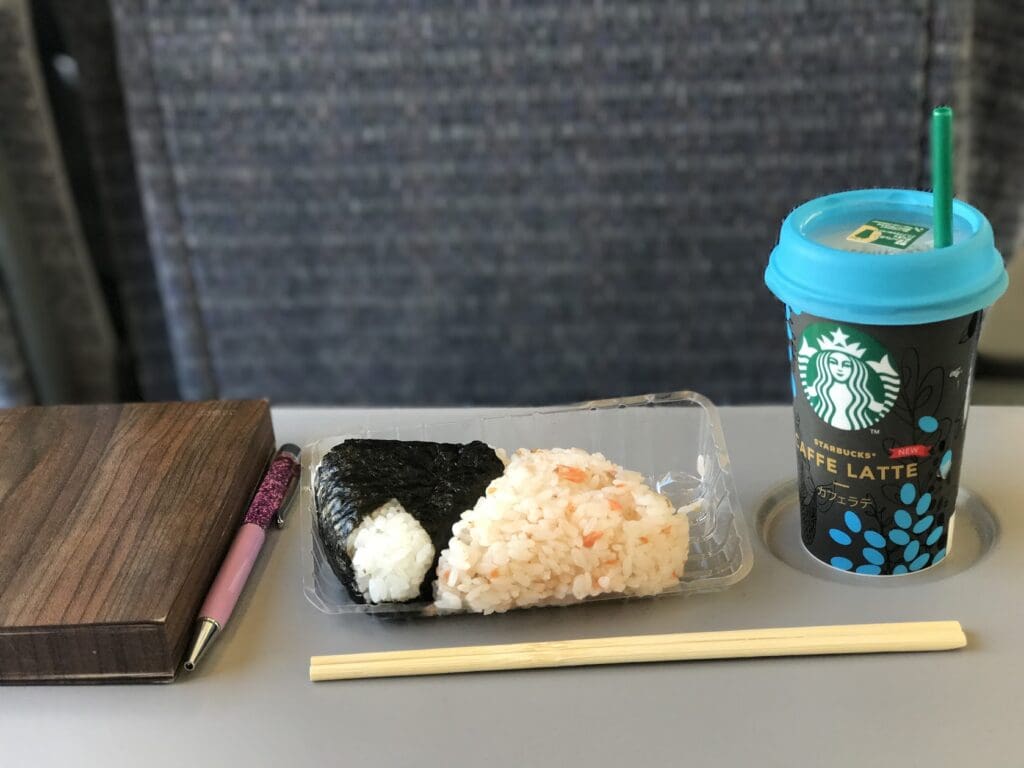
By the way, speaking of Fafa, ━ it took less than an Onigiri to convince him to fit it into our daily itinerary in Japan as a mid-morning snack between our MOS rice burger breakfast and Yoshinoya rice bowl lunch.
Now, knowing my obsession with Japan and rice, you would be forgiven for thinking that Onigiri is one of the things I miss the most about Japan. It isn’t.
Why?
Because thankfully, Japanese cuisine is well celebrated in the Melbourne food culture scene. From Omakase to sushi, even Onigiri, the city serves comparable options. For an Onigiri fix, I recommend 279 Victoria Street. Here, they refer to the rice balls as Musubi (a tomayto, tomahto kind of situation). However, it is relatively expensive (an average of $4) and requires more effort. We have to drive there and, say, pay 100 Yen ($1) at a convenience store that is always within a short distance from any point in downtown Tokyo. But it can also be seen as highly cheap compared to flying 8 thousand kilometres on top of paying for the flight ticket to Japan.
It’s all about perspective, my friends.
“All these onigiris, is there a favourite?” you ask.
Yes, yes, I do have. I love both salmon-filling and furikake-sprinkled onigiris. BUT nothing beats yaki onigiri served in the Izakaya (or Gyoza Gyoza if you are in Melbourne). It’s a miso-glazed rice ball grilled to perfection. It’s crunchy and savoury, warm and delicious on the inside. Best eaten in the winter and washed down with a glass of umeshu on the rocks.
Follow me on Instagram@KultureKween for more recent updates.
🍙 ━ KK
